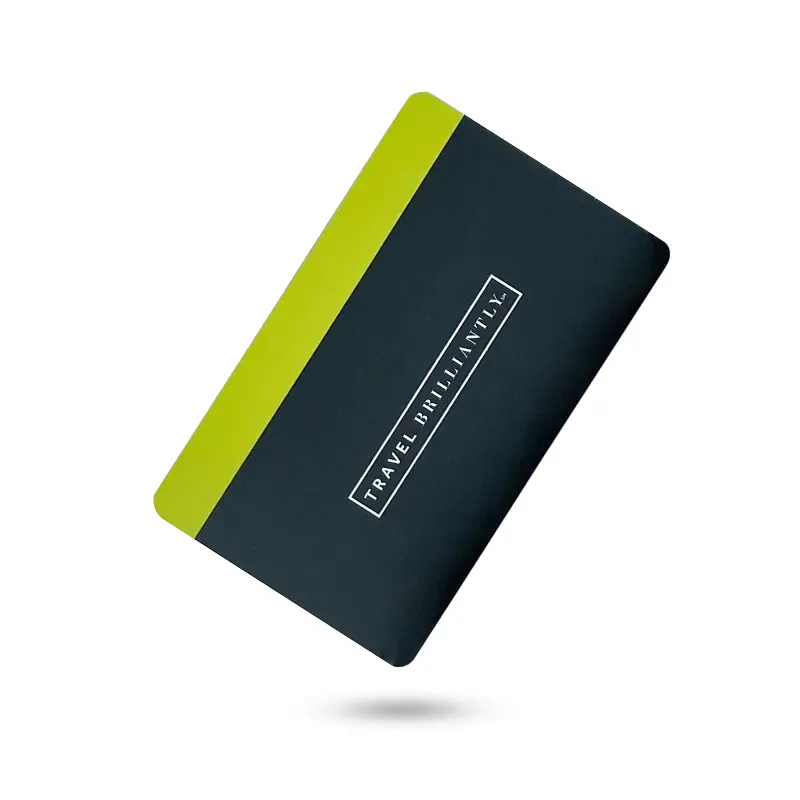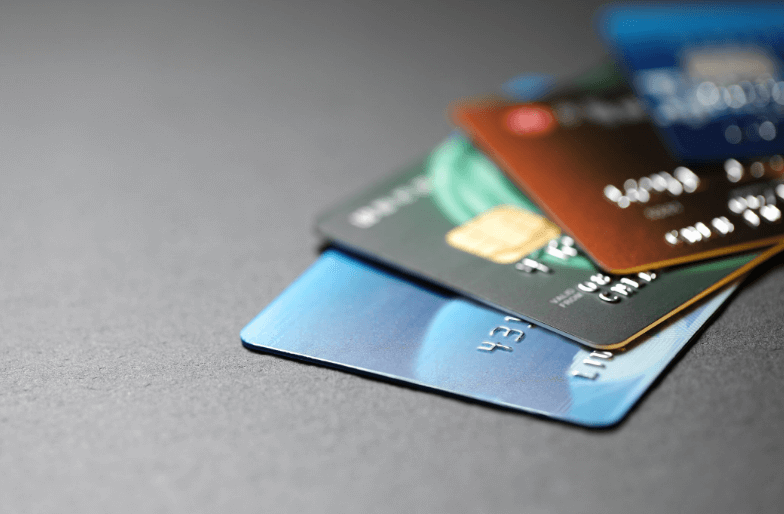
Why UHF Card Solutions Are Ideal for Warehouse and Asset Tracking
Warehouses today handle thousands of assets and shipments every single day. Manual tracking or barcode systems can’t keep up with this pace, especially as e-commerce and global logistics continue to grow rapidly. Human errors, misplaced pallets, and delayed orders still cost companies millions of dollars annually. UHF Card technology has become a powerful solution for these challenges. It enables real-time, automated asset tracking without requiring line-of-sight scanning. That means faster operations, fewer errors, and complete visibility of every asset’s location and movement—across every corner of the warehouse.
How UHF Technology Works
UHF stands for Ultra-High Frequency, operating between 860 MHz and 960 MHz depending on regional standards. Each UHF Card includes a microchip and antenna that communicate with RFID readers through radio waves. The key advantage is distance: these cards can be read from several meters away, even when stored in boxes, wrapped in plastic, or behind shelves. Since UHF Cards are passive, they don’t rely on batteries, which means they require virtually no maintenance and can last for years. This durability makes them ideal for warehouses and factories that manage fast-moving inventory and complex logistics networks.

Speed and Automation in Action
The efficiency of UHF Card systems comes from automation. Traditional barcode scanning requires workers to scan each item individually, which slows down workflows. By contrast, UHF technology can read hundreds of tags per second—up to 1,000 simultaneously in many cases. This enables warehouses to conduct comprehensive inventory checks in minutes, rather than hours. For example, major logistics players such as DHL and FedEx have already adopted UHF-based RFID systems to streamline loading, reduce human labor, and prevent misplaced cargo. The speed advantage leads to real cost savings and improved customer satisfaction across the supply chain.
Real-Time Asset Visibility
Beyond speed, visibility is what makes UHF Card tracking so powerful. Fixed readers installed at checkpoints or dock doors automatically detect tagged assets as they move through the facility. This creates a continuous digital trail of each item’s journey—from inbound receiving to outbound delivery. Real-time dashboards display the exact location of assets, enabling managers to prevent bottlenecks and unauthorized movement. Industries such as automotive and electronics benefit from this transparency because they rely on just-in-time inventory management. Real-time UHF tracking not only reduces loss but also enhances accountability among staff and suppliers.

Integration with Warehouse Management Systems
UHF Card technology fits naturally into today’s digital warehouse ecosystems. Most modern warehouse management systems (WMS), such as SAP EWM and Oracle Cloud WMS, already support RFID standards like EPC Gen2 and ISO 18000-6C. When integrated, these systems automatically log every UHF tag read into the database—eliminating manual data entry and reducing errors. The system can automatically trigger restocking alerts, track maintenance tools, or generate audit reports. This level of automation allows operations managers to make faster, data-driven decisions that improve accuracy and efficiency across departments.
Durability and Environmental Resistance
Warehouse environments can be harsh—characterized by dust, vibration, temperature fluctuations, and heavy machinery. UHF Cards are built to handle all that. They are made from durable materials such as PVC, PET, or ABS plastic, which resist heat, cold, and mechanical wear. Some versions are designed with protective coatings to withstand moisture and UV exposure. Even on metal surfaces, which usually interfere with RFID signals, special on-metal UHF Cards maintain reliable performance. Since they’re passive, there are no batteries to replace, cutting maintenance time. Many cards continue functioning flawlessly for over ten years, making them a cost-effective long-term choice.

Lower Costs and Proven ROI
The cost of implementing UHF Card systems has dropped significantly in recent years. Thanks to improvements in RFID manufacturing and the adoption of open standards, passive tags can now be purchased for less than ten cents each in bulk. Compact UHF readers are also cheaper and easier to install. According to a McKinsey & Company report, businesses that utilize RFID-based automation can increase warehouse efficiency by up to 20% and reduce inventory losses by more than 70%. When factoring in labor savings, faster cycle counts, and fewer write-offs, most companies recover their investment within 12 to 18 months. The long-term ROI makes adoption a strategic decision, not just a tech upgrade.
Why UHF Card Solutions Are the Smart Investment
The warehouse of the future demands precision, speed, and visibility—and UHF Card systems deliver all three. They provide the foundation for intelligent, connected logistics by linking physical assets to digital data in real time. Whether you’re managing spare parts in an industrial plant or finished goods in a global distribution center, UHF Cards ensure you always know what you have, where it is, and how it moves. Their scalability, durability, and low cost make them the clear choice for modern asset tracking. For any business looking to gain complete operational control and minimize human error, UHF Card solutions are not just ideal—they’re essential.


